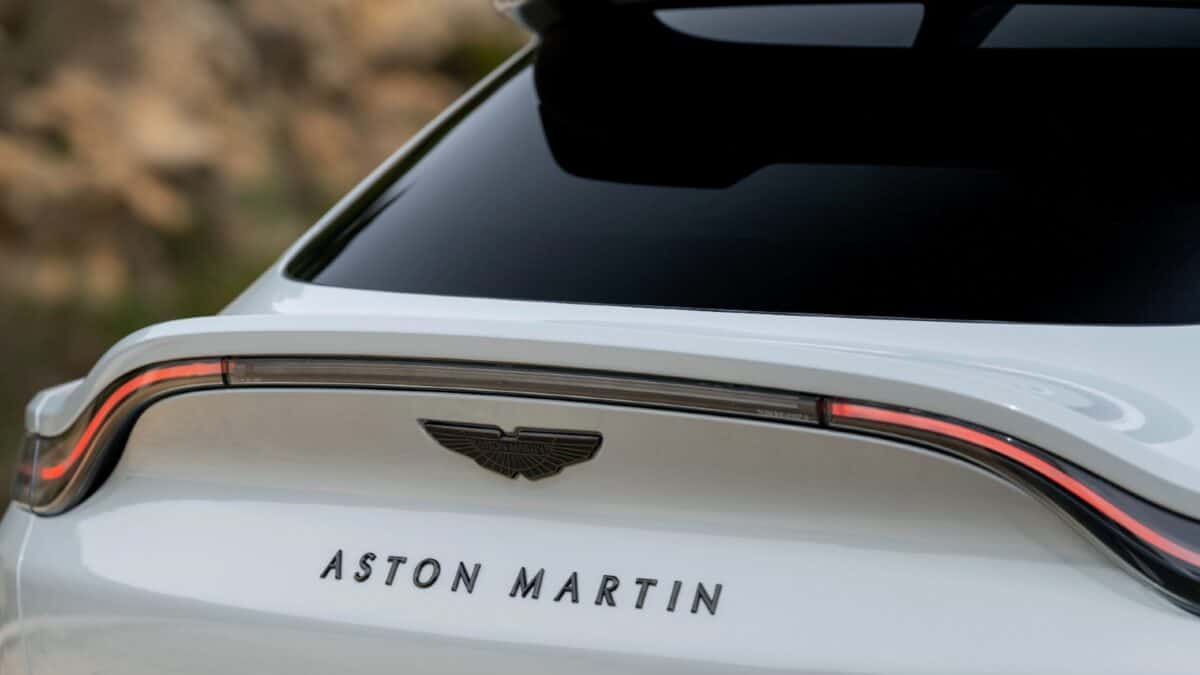The Aston Martin (LSE:AML) share price has had a tough time recently. With the shares down 95% below their high, I wanted to investigate whether this could be a great opportunity for me to buy them.
A closer look at the cars
Unlike the investing public’s stance on the company’s shares, car owners have a favourable view of Aston Martin vehicles.
Top Gear, for example, ranks its cars consistently at eight or nine out of 10, and the automobiles are widely regarded as some of the most prestigious in the world.
Should you invest £1,000 in BP right now?
When investing expert Mark Rogers has a stock tip, it can pay to listen. After all, the flagship Motley Fool Share Advisor newsletter he has run for nearly a decade has provided thousands of paying members with top stock recommendations from the UK and US markets. And right now, Mark thinks there are 6 standout stocks that investors should consider buying. Want to see if BP made the list?
The 1963-1965 Aston Martin DB5 and the 2001 Aston Martin Vanquish are two of the most sought-after models. Both James Bond cars, these vehicles exemplify luxury, excellence and speed.
Understanding the business
The organisation is a truly global enterprise, with 44 dealers in the Americas, 21 in the UK, 48 in Asia Pacific and 52 in Europe, the Middle East and Africa (EMEA).
It carefully watches the ultra-high-net-worth individual (UHNWI) class category’s growth, as it tailors its business model explicitly toward these individuals.
Australasia has a projected 202% growth in UHNWIs between 2016 and 2026, the Middle East 170% and North America 116%. That’s according to data from the Knight Frank Wealth Report, 2022.
Aston Martin describes its vision as “the world’s most desirable ultra-luxury British performance brand“.
The company is trying to implement a sustainability strategy called ‘Racing. Green.’ Its aim is carbon-neutral manufacturing, emissions reduction, renewable energy utilisation, electric vehicle development and a net-zero emissions target.
So, why such a shocking share price?
Understanding the deep depression in the share price is not easy, and I’ve started by examining the financial statements to get a fuller perspective.
The revenue picture for Aston Martin could be more stable. Management reported £1.1bn in revenue in 2018 but dropped to £612m in 2020. In December 2022, it then reported £1.4bn.
The pandemic likely caused this, but such a steep decline in revenue is unlike the luxury sector. This industry often keeps high income even amid recessions due to the sheer volume of wealthy clients’ funds.
Aston Martin had trouble stocking car dealerships due to restrictions during Covid-19, which had a big knock-on effect.
But I don’t think this is the real problem here. Instead, I looked at the company’s net income, which it reported as -£107m in 2015 but at -£529m in 2022. That’s a really bad picture by anyone’s standards.
Some of the leading causes of these issues included problems with the DBX SUV, which underperformed in production and sales.
Also, the company experienced high borrowing costs due to a high-interest rate national economic environment and an increase in net debt from £730m in 2021 to over £950m in the following year. Net debt measures how much debt is left over after accounting for all cash and easy-to-access assets.
I would own the car, not the shares
I think this is a company that really focuses on luxury and an amazing product. And I think it lives up to that ideal.
The issue is that I think it struggles in a financial and operational sense. It’s almost too focused on the great car, rather than the great company, in my opinion.
There’s so much to love about Aston Martin, but the shares are just not for me.








